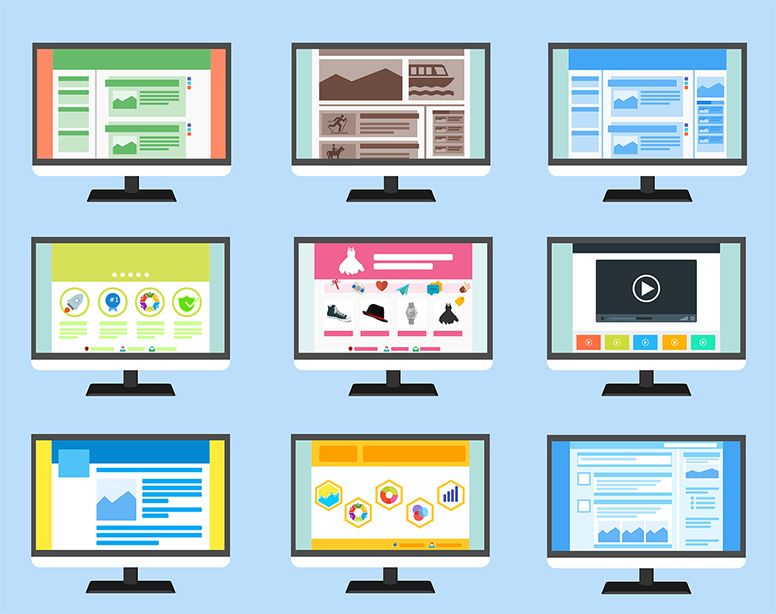7 Phases of eCommerce Project Management Planning
eCommerce management plans are guidelines and procedures to help a company manage its online store. It is a document that outlines all the steps needed to launch an e-commerce store successfully. It includes the marketing strategy, customer journey, budgeting and forecasting, and other vital components.
These plans are increasingly becoming popular for small and large companies.

They help companies get the most out of their eCommerce stores by providing them with guidelines on managing the business from start to finish. These plans can also help companies maximize all growth opportunities, including marketing, customer service, and product development.
If you want to start an eCommerce business by developing a plan, then here are seven phases of it that you should include.
1. Research and Strategy
The research and strategy phase is about understanding the client's needs, determining the best approach for the project, and gathering knowledge about the client's competitors.
It is essential to understand a client's needs before developing a plan. This phase will help you determine the best approach for your project and gather information on your competitor's strategies. It is a deep dive into the target market, competition, and industry.
This phase of the eCommerce project management plan involves researching and understanding the target market, competition, and industry. The goal is to identify opportunities for differentiation to create a unique selling proposition (USP).
2. Laying Out A Workflow Process
The layout of a workflow process can vary depending on the project you are working on now. For example, tasks may need to be completed in sequential order in a software development project, while in a marketing campaign, you can do different functions concurrently.
In this phase, you are laying out your workflow process and deciding what type of project you are working on and what kind of task list you want to have for it. You need to identify who the stakeholders are and what their roles are in this process. It would be best if you also remembered which tasks you will be assigned to which team members or external stakeholders.
3. Align With Strategic Plan
Companies can align the eCommerce project management plan with the company's strategic plan for better results. The eCommerce project management plan is a roadmap that includes all the steps your eCommerce efforts need to reach the desired goal.
The company strategic plan outlines the path you need to take for the company to achieve its goals and objectives. It is a document that defines where a company wants to go and how it will get there.
Companies need to have an eCommerce project management plan aligned with their strategic plan because it helps them understand how they can use eCommerce as an opportunity for growth and revenue generation.
4. Design Your Ecommerce Website
This phase is where you can start your eCommerce website and the foundations you want it to have. This phase is where you will be able to create the design and development of your eCommerce website. This stage starts with the idea that you have for an eCommerce website.

You can then get in touch with a web designer to help you create a mock-up of your idea and find out how much it would cost to make this idea a reality. The web designer will work with you to create a mock-up, which will show the layout of your store, the pages included on the site, and any specific features you want on it.
They will also estimate how much it would cost to build this site based on their experience building similar sites for other clients.
It's where you create the designs for your web pages. It's important to note that this phase doesn't include the actual content of your site, which we will discuss in a later step. The website designing phase includes making decisions about colors, fonts, and layout and creating wireframes and mock-ups of what your site will look like on different screens.
5. Develop The Website
The website construction phase is building the website from conception to completion. In this phase, you'll need to apply your decisions on the design, layout, and functionality. Many people think this is about developing a website, but it's not. It's about ensuring your site does what it wants for your business.
A website should be easy for visitors and customers to navigate and present a professional image of your company. This concept means that site navigation should be intuitive, so customers can find what they want quickly and easily.
6. Testing Phase
Testing and checking are crucial to your eCommerce management plan. It helps you identify and fix problems before they become significant issues.
The first step in the testing and checking process is to create a test environment for your website. The test environment will allow you to simulate what happens on your website without actually affecting it. You can do this using a virtual private server or an independent computer with no other applications.
All product requirements are implemented and checked for errors in the testing and checking phase. This phase includes ensuring that all the features are functioning correctly, that you've fixed all the bugs, and made all the necessary changes.
7. Migration and Launching
A migration and launching phase is when a project manager needs to start planning for the project's future. You do this by determining what resources are necessary for the next stage, what tasks need completion to get there, and how you will complete these tasks.
In this phase, the team will be migrating all of their data from one system to another. This stage is also when you launch your new website and ensure that everything works as expected.
These phases of the eCommerce project management plan should be well-researched and thought out. That way, the launch of your eCommerce business will be a success, and you can prepare for any delays or hurdles you encounter along the way. Therefore, if you haven't yet, make sure that you incorporate these into your eCommerce project management plan.














